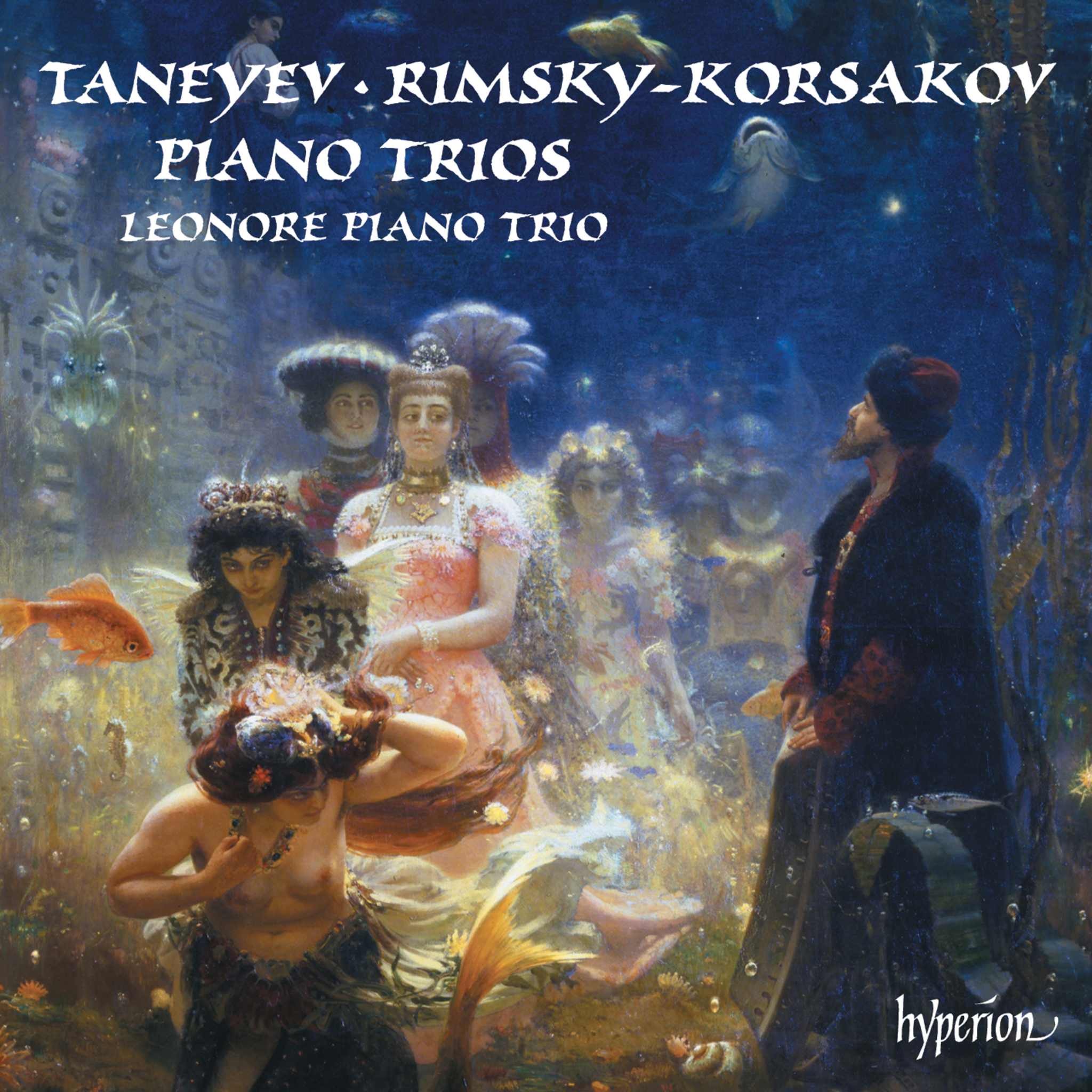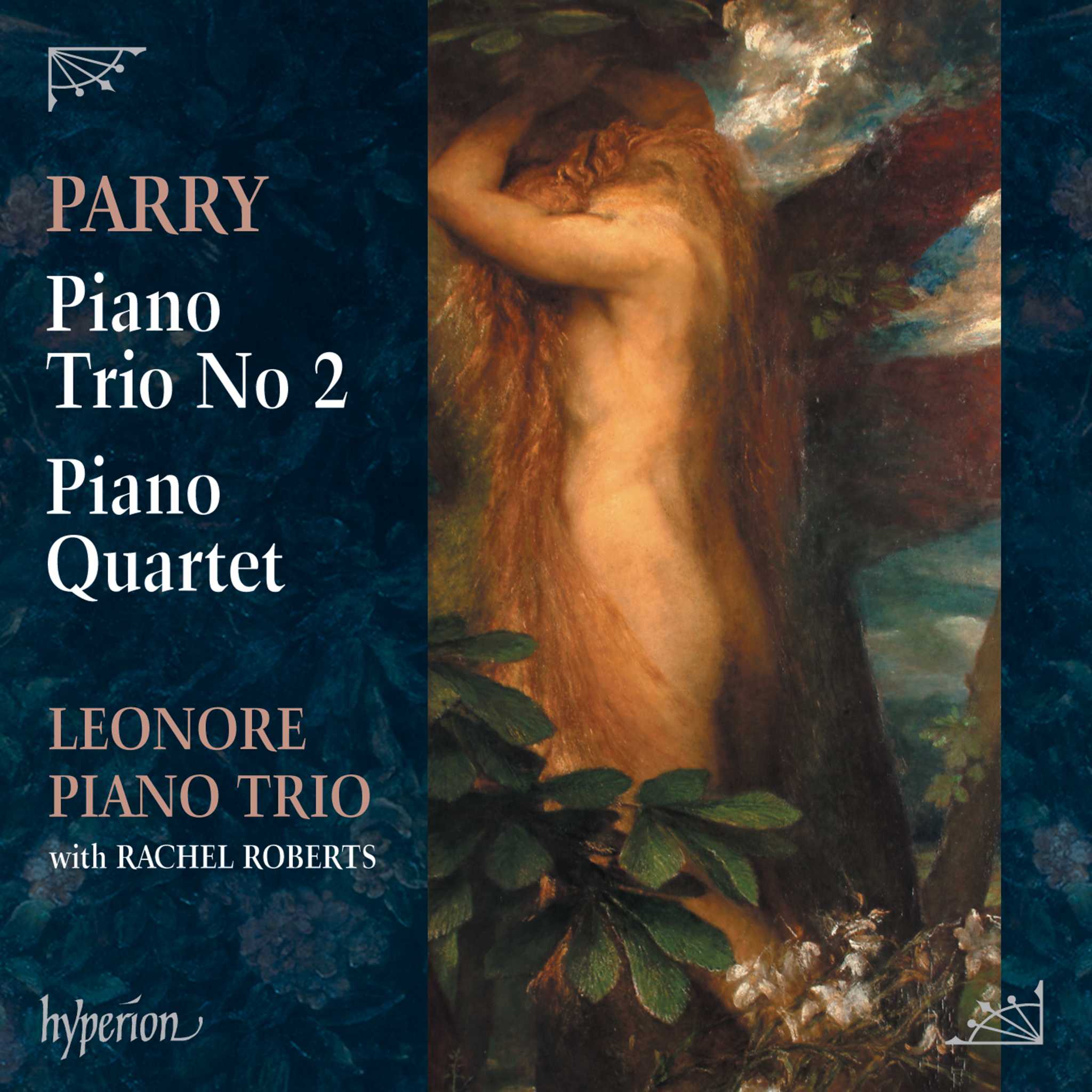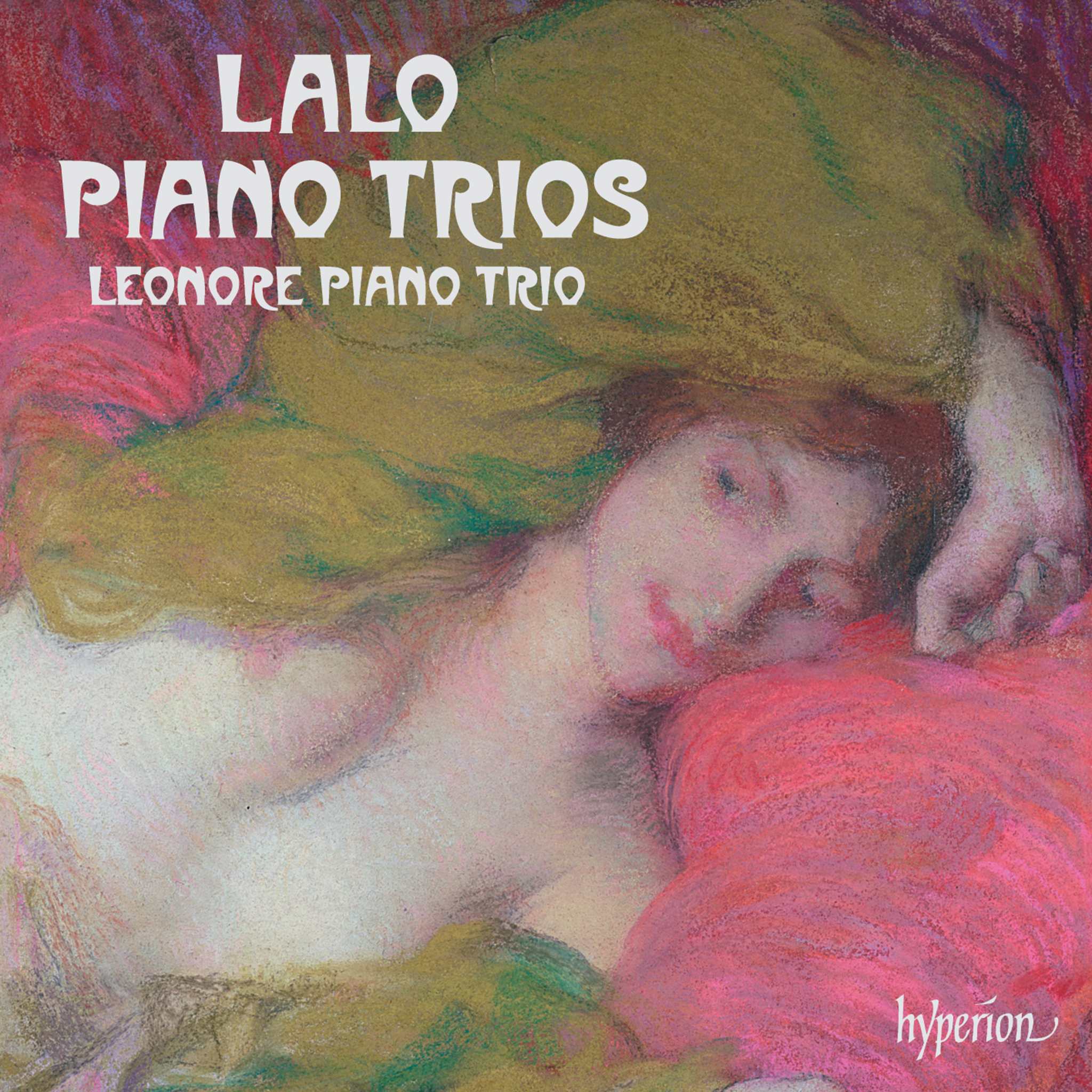Album insights
Handel's composition of flute sonatas remains a mystery with varying uncertainties surrounding the exact number created. Attributed to Handel are approximately eight sonatas, covering various instruments such as flute, violin, oboe, and recorder, although some may not be authentic. The publication "Sonates pour un traversiere un violon ou hautbois con basso continuo composées par Mr Handel" stands as a crucial source for Handel's solo sonatas, despite originating from London publisher John Walsh under the false name of Jeanne Roger. These sonatas were crafted for specific instruments but were potentially flexible for performance on others due to instrumental differences affecting musical expression.
Further scrutiny reveals complexities within the sonatas, such as variations in instrument suitability and original intentions based on Handel's handwritten manuscripts. Despite initial compositions for specific instruments, adaptations were common during Handel's time, showcasing the adaptability of his music across different instruments with distinct expressive qualities. Noteworthy are the "Opus 1" sonatas, displaying hints of versatility yet raising questions about authenticity and purpose in their varied instrumental adaptations.
Among these works, the "Hallenser Sonatas" debut in 1730 under the collaborative effort of Handel and other esteemed composers, although doubts linger regarding their origin and authenticity. The sonatas' intricate compositions and musical ties to Handel's known works hint at his potential involvement in their creation, despite uncertainties surrounding their publication and structure. Recent discoveries surrounding previously unknown sonatas like the D major piece (HWV378) shed light on Handel's earlier compositions, showcasing his evolving style and thematic richness.
Delving into specific sonatas, each piece unveils distinct characteristics ranging from intricate fugues to elegant melodies, embodying Handel's signature style and compositional prowess. The exploration of individual sonatas like the E minor (HWV379) and A minor (HWV374) highlights their unique attributes, reflecting Handel's masterful command of varied musical elements and structural complexities. Evolving over time, Handel's flute sonatas encapsulate a legacy of innovation, diversity, and artistic brilliance that continues to captivate audiences worldwide.





